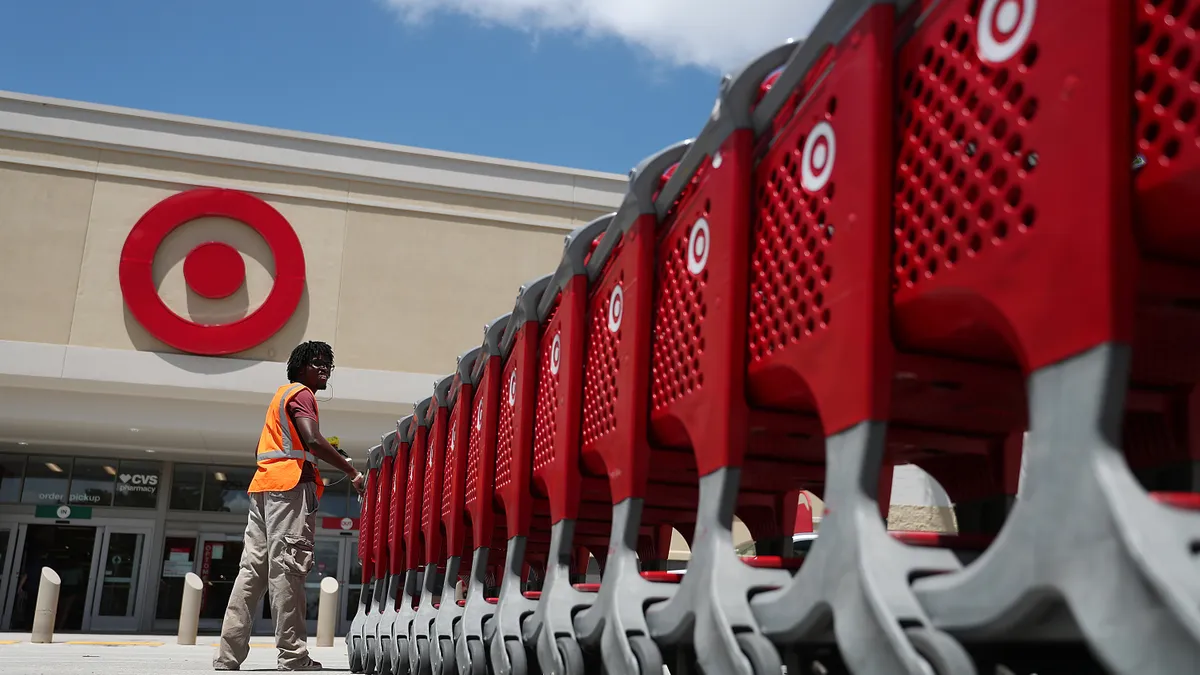Jim Horn is the CHRO of Ulteig.
While the COVID-19 pandemic and the resulting changes in many of our workplaces have increased the pressure on HR leaders and their teams, they have also elevated our value in organizations. Our voices and perspectives are critical in senior leadership conversations on business, societal and economic factors such as talent scarcity, wage inflation, technology disruption, heightened political discourse and attacks on DEI and ESG.
I recently attended an HR leadership conference hosted by an industry advisory group. The event served as a powerful reminder of the dedication, selflessness and collaborative spirit within the HR community. It provided valuable learning opportunities and fostered meaningful connections with peers.
However, it also highlighted a concerning undercurrent — some HR leaders expressed frustration about the ongoing perceptions of HR within their companies.
Meanwhile, our employees are struggling. A Korn Ferry survey found employee stress levels have risen nearly 20% in three decades and a 2024 Workplace State of Mind study by Headspace revealed work stress negatively impacted physical health for a staggering 77% of employees. Workers are being whipsawed by company directives on return to work. Leaders and teams are still adjusting to a virtual work environment that may not cultivate the same sense of belonging they felt in the past, with much of our communication as leaders being conducted through a screen.
People feel burned out and anxious — and they need our help.
Are our stressed-out employees getting what they need from us as HR leaders? Have we over-indexed our focus on the business strategy, administration and process elements of our roles that, while critical to our organizations’ success, do not differentiate us as leaders? Are we leading with, modeling and inspiring through a brand of humanism that is desperately needed in these times?
What inspired me the most from my peers at the recent conference was their compassion, openness, understanding and desire to be inclusive. I wondered to myself whether we are seen this way within our companies. I’m guessing that most of us have opportunities to build a more humanistic brand for ourselves and our teams.
What actions can we take to establish or augment our humanistic leadership brand? Here are a few ideas to capture in your game plan that I’ve seen make a difference:
1. Vulnerability
I have found that nothing humanizes and builds trust more quickly than opening up our world to others, with all our work and non-work joys and heartaches. Folks identify more with us when they know that we have the same types of human challenges as everyone else. I’ve found that sharing personal experiences builds trust with my team, signaling to them that we are here to support each other.
2. Empathy
We’ve all seen how impactful it is when someone shows true care and compassion when we are going through challenging times in our lives. It leaves an imprint on us and makes us more likely to reciprocate when others are struggling. Take the time to learn about what’s happening with team members and periodically check in to see how they’re doing.
Further, understanding what someone may be dealing with in their personal life may put into context how they show up at work and why they may be “off their game.” Meeting these moments with empathy and support, rather than discipline or suspicion, can make an immense difference in developing strong, trusting relationships.
3. Authenticity
Leaders who are genuine, transparent and act with integrity foster a trusting and positive work environment. Authenticity goes hand-in-hand with inclusivity. Whenever we have a new team member start, I meet with them and invite them to bring their authentic selves to work every day. This authenticity attracts and retains top talent, inspires open communication and encourages employees to bring their whole selves to work.
4. Visibility
Take every opportunity to be seen and heard on company town halls and be sure to incorporate the types of messages that cultivate your brand. When you are with employees — either in your work location or while traveling — connect with as many employees as possible. Make sure you are “working the room” and engaging with employees on a personal level so they feel seen and heard by you.
5. Presence
Regardless of the type of engagement you are attending, whether that be a 1-1 meeting, a leadership meeting or all-team events, ensure you are 100% present and showing up in the most impactful way. Make sure that you are seen and heard by others. This extends to being virtually present — ensure your camera is on, and you are focused on the topic at all times.
6. Approachability
For some employees, talking to or otherwise engaging with a more senior leader can be an intimidating event. They might feel insecure or not know what to say. By reaching out to employees and initiating a conversation, it opens the door to future conversations and builds trust. You might get the same effect by recognizing birthdays and significant work anniversaries.
These seemingly simple actions, when implemented consistently and intentionally, can have a profound impact. Over time, these small but significant changes can steer the pendulum toward a more ‘human’ Human Resources. Leading with a humanistic approach, rooted in qualities like empathy, vulnerability and authenticity, can build stronger connections with our teams and foster a more supportive and inclusive work environment. This shift will not only enhance our effectiveness as HR leaders but also ensure our employees feel valued and empowered to thrive.












![Salesforce AI's CEO sits onstage across from Cristina Criddle. Screens that say Human[X] hang behind them.](https://imgproxy.divecdn.com/J71WpXWHjr8jmbCw_PX7Cp2YH7Pmo8dP66Pz0SEPfw4/g:nowe:0:104/c:1024:578/rs:fill:1200:675:1/Z3M6Ly9kaXZlc2l0ZS1zdG9yYWdlL2RpdmVpbWFnZS9HZXR0eUltYWdlcy0yMjA0NjUxNDM0LmpwZw==.webp)






